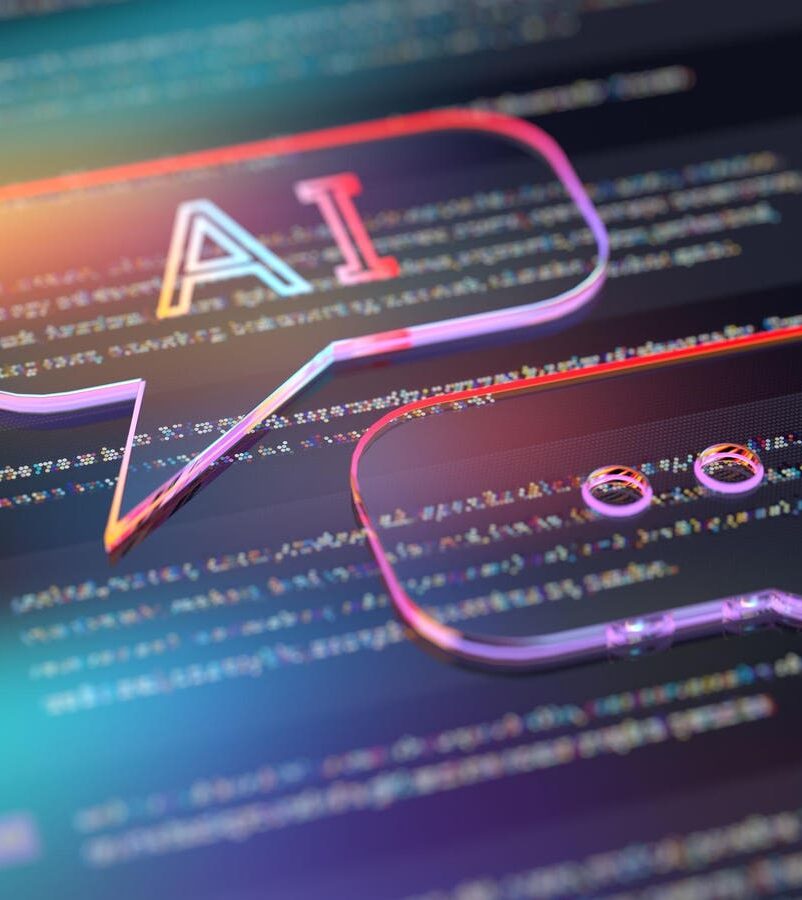In the opening sequence of The Jetsons cartoon, Elroy would fly out of the car in a tiny bubble to get to school. His classroom was a digital learning space with robot teachers and interactive tools similar to the ones developed today.
Though we’re not quite at the point of bubble spaceships, artificial intelligence apps like Ello and Magic School are leading us in the right direction, which is especially timely considering that teaching is not as popular a career option as it once was. In fact, according to CBC News in Canada, there is a shortage of 5700 teachers in the province of Quebec, and the situation is no better across the country. This shortage forces the education system to adopt alternative teaching methods such as hybrid classrooms, robots, and generative artificial intelligence.
Fortunately, meeting and chat room platforms like Zoom have also helped to fill the gap by allowing for long-distance learning, as we have seen during the recent pandemic.
Home-based interactive classrooms may eventually be the permanent solution to the teacher shortage problem. But it does not come without its own set of problems. The social benefits of education are slightly diminished with distance schooling, but accessibility and sustainability are increased. This is not necessarily bad, as children will find other ways to socialize with peers. However, children with learning disabilities may find it more challenging to keep pace with their peers if their parents are unwilling to participate. And still, students with physical limitations will benefit from not having to travel. These are the challenges facing long-distance education and why no decision has yet to be made.
AI technology is advancing faster than most educators; many are unwilling or unable to adapt. This challenges parents who want their children to learn how to use artificial intelligence, and they have a good reason. Children must learn to use AI to succeed in the future workforce, as AI is here to stay.
There are some things that parents can do to help their children adapt more quickly.
Parents can introduce reading apps like Ello to preschool children, which will help them gain confidence in the digital world.
What is Ello?
Ello is an interactive reading robot that encourages children to read. When a child reads aloud, Ello learns their speech patterns and works with them to improve their skills by correcting errors. What’s great about this app? Not only is Ello a cute elephant character, but it also has a real-life book set that can be used in addition to the digital version for a more realistic experience.
It is no secret that if you make reading fun, children will want to do it.
Parents can teach children how to be more responsible when using artificial intelligence for educational purposes.
Educators are reluctant to introduce AI into the classroom. Many think it will hinder the learning process. Apps like Magic School are proving that this is not the case. When children are taught to use technology to create materials, they embrace it and learn not to abuse it.
What is Magic School?
Magic School is a generative artificial intelligence technology educators use to create classroom materials such as workbooks, lesson plans, and other creatives. The student version was developed to teach children how to use AI to enhance, not replace, their work. The app encourages students to create their own lessons, read more often, write additional content, play learning games, and responsibly use AI.
The future is not as far away as we think. Eventually, children will invent gadgets like Elroy in the classroom using nothing, but AI, and the entire education system will change again.
Writing has always been her passion and a voice for those who cannot speak. She considers herself fortunate to write every day and says her mantra is, “I drink coffee, write, and I know about people and technology.” Her writing is diverse and can be found online on websites like LifeHack, You Have a Calling, Medium, TechCrunch and, She Knows.






